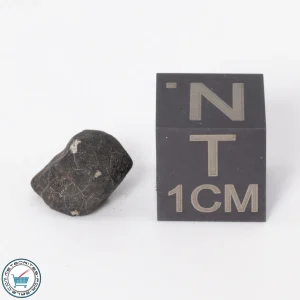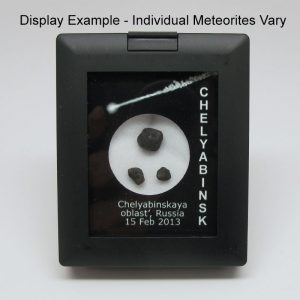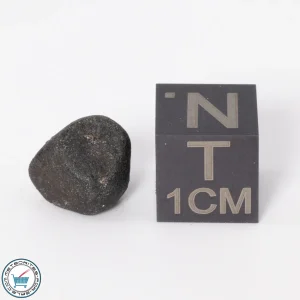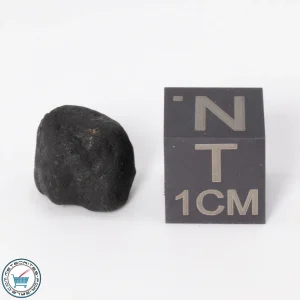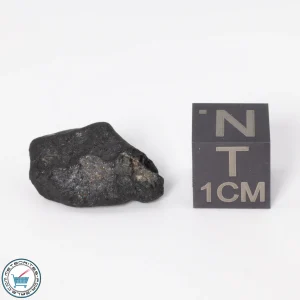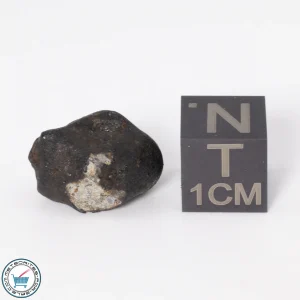Chelyabinsk LL5 Meteorite
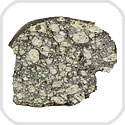 Find / Fall: Fall – February 15, 2013
Find / Fall: Fall – February 15, 2013
Location: Chelyabinskaya oblast’, Russia
Classification: LL5
The Russian Chelyabinsk Meteorite is a meteorite name that has secured a place in history by breaking several records. Before February 15, 2013 there had never been this enormous a witnessed air burst explosion of an asteroid over a heavily populated area. Tunguska had more force, but there were few witnesses and certainly not hundreds of video records a hundred years ago. The force of the Chelyabinsk explosion is estimated at 400 kilotons of TNT. Chelyabinsk was the first meteorite forming event to cause great damage in the millions of dollars. Chelyabinsk was the first recorded meteorite forming event to hurt large numbers of people. Approximately 1500 persons went to hospitals for various types of injuries mostly from flying glass and the concussion of the explosion.
Many hundreds of meteorites have been found from the Chelyabinsk event. Meteorites will likely continue to be found for years to come in the area downrange of the air burst where the space rocks finally came to rest. But like all meteorites the longer they sit on the ground the more weather will alter their black color and rust their iron grains.
Chelyabinsk Meteorites For Sale
The Chelyabinsk meteorite is a stone meteorite of the chondrite type. Chelyabinsk has been classified as an LL5. This means that it has a low amount of metallic iron and a low amount of iron in mineral form also. The number five refers to the amount of alteration from its original pristine state at creation, to what it shows now in is structure and texture. The chondrules of a stage 5 chondrite are still fairly easy to see in the rock but have been melted some and are blurred a little into the matrix that surrounds the chondrules.
Chelyabinsk is a breccia. Breccias are rocks that consist of angular chunks of broken parent rocks which have come together to form new rocks. This texture of angular bits is seen in many slices of Chelyabinsk meteorite. Many pieces also show cracks and fractures which are the result of the compression and stress the asteroid endured during its passage through the atmosphere.
Some pieces of Chelyabinsk display an even more unusual type of structure. These rarer meteorites are Impact Melt Breccia stones. Impact Melt Breccia meteorites are very recognizable by the dark gray zones of glassy melted rock which has been injected into spaces and cracks. The dark melt areas have metal in the form of tiny blebs rather than larger metal grains. Small inclusions of the bronze colored mineral troilte are also seen in the dark melted regions of the stone.

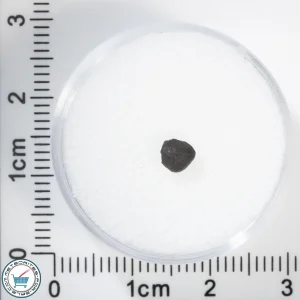 CHEL-202
CHEL-202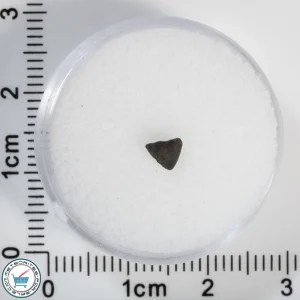 CHEL-203
CHEL-203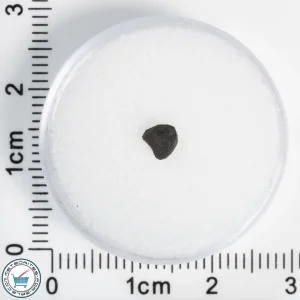 CHEL-204
CHEL-204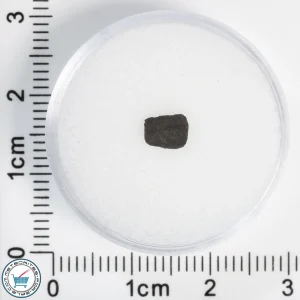 CHEL-205
CHEL-205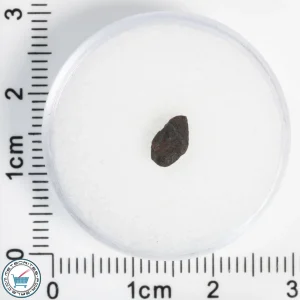 CHEL-206
CHEL-206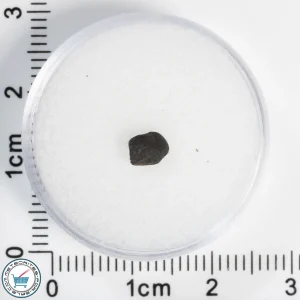 CHEL-207
CHEL-207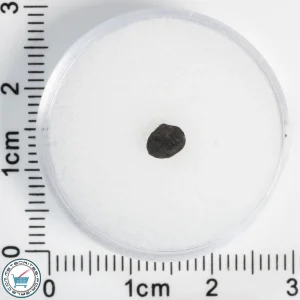 CHEL-208
CHEL-208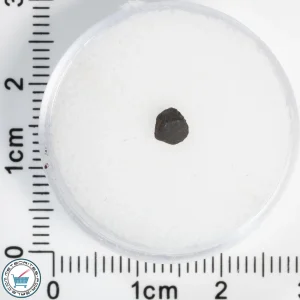 CHEL-209
CHEL-209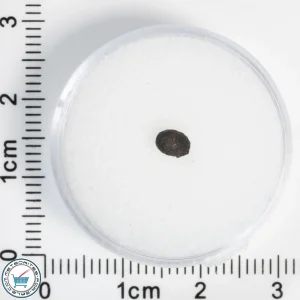 CHEL-211
CHEL-211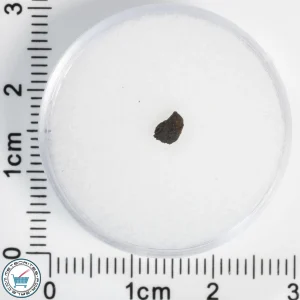 CHEL-212
CHEL-212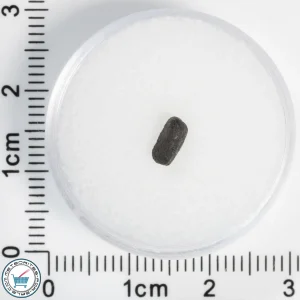 CHEL-213
CHEL-213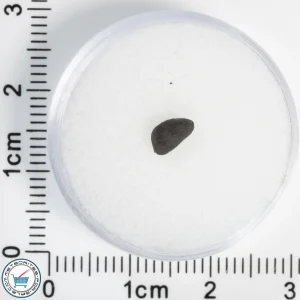 CHEL-214
CHEL-214